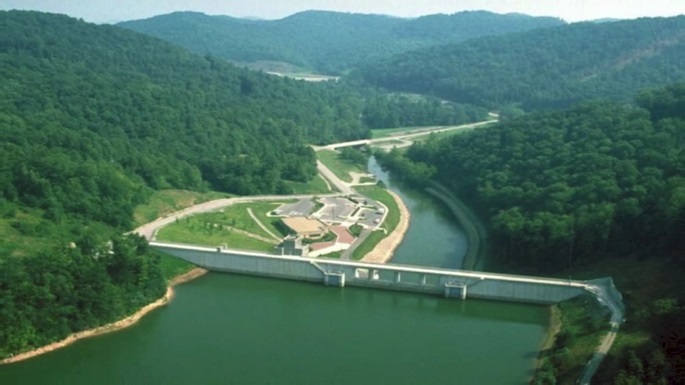Another move to alleviate the environmental problems the country is facing concerns a dam that spans the longest river in Asia and the third longest in the world.
The Yiling-based 2.4-kilometer-long, 185-meter-tall Three Gorges Dam across the Yangtze River may face closure if its operations will be proven not environmentally friendly, reported the Global Times.
Before its completion in 2009, the dam located in Yichang, Hubei Province, was visited by then Chinese Premier Zhu Rongji in 1999, according to CNN.
Zhu said to the people behind the project: “The responsibility on your shoulders is heavier than a mountain. Any carelessness or negligence will bring disaster to our future generations and cause irretrievable losses.”
The country’s State Council convened in 2015 and said that the safety of the community and the environment should be considered when hydropower projects are carried out, according to the Global Times.
Xiao Yonghui, the general manager of Gangkouwan hydropower station in Xuancheng, Anhui Province, said that hydropower stations should be beneficial to both the environment and the local economy.
“Hydroelectric power plants are usually located in dams. Hydroelectric power is electricity produced from generators driven by water turbines,” according to Encyclopaedia Britannica.
In 2014, the Three Gorges Dam generated 98.8 billion kilowatt-hours of electricity, more than the 98.6 billion kwh generated by Itaipu Dam, located on the border between Brazil and Paraguay, in 2013, according to Xinhua.
“At full power, TGD reduces coal consumption by 31 million tons per year, avoiding 100 million tons of greenhouse gas emissions, millions of tons of dust and other hazardous chemicals,” said Yue Ma in “Three Gorges Dam,” his coursework for Physics 240 submitted to Stanford University on Nov. 26, 2010.
Yue added: “It also saves the energy and cost needed to transport coal from northern China like Shanxi province to southern China.”
The Three Gorges Dam “blocked an estimated 10 million tons of plastic bags, bottles, animal corpses, trees, and other detritus that otherwise would have flowed out to sea,” according to a 2006 article by the National Geographic News.
Jennifer Turner, coordinator of the China Environment Forum at the Woodrow Wilson International Center for Scholars in Washington, D.C., told National Geographic News that the issues concerning the Three Gorges Dam “could lead to more openness in environmental policy and decision-making in China.”



























